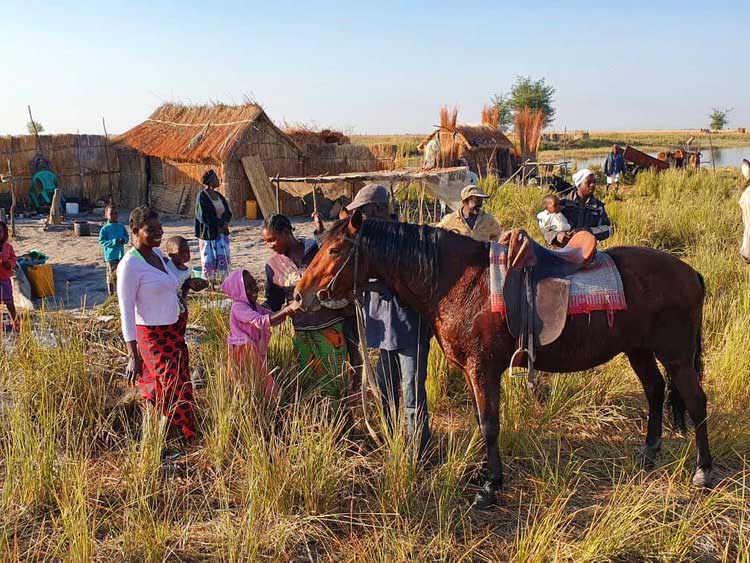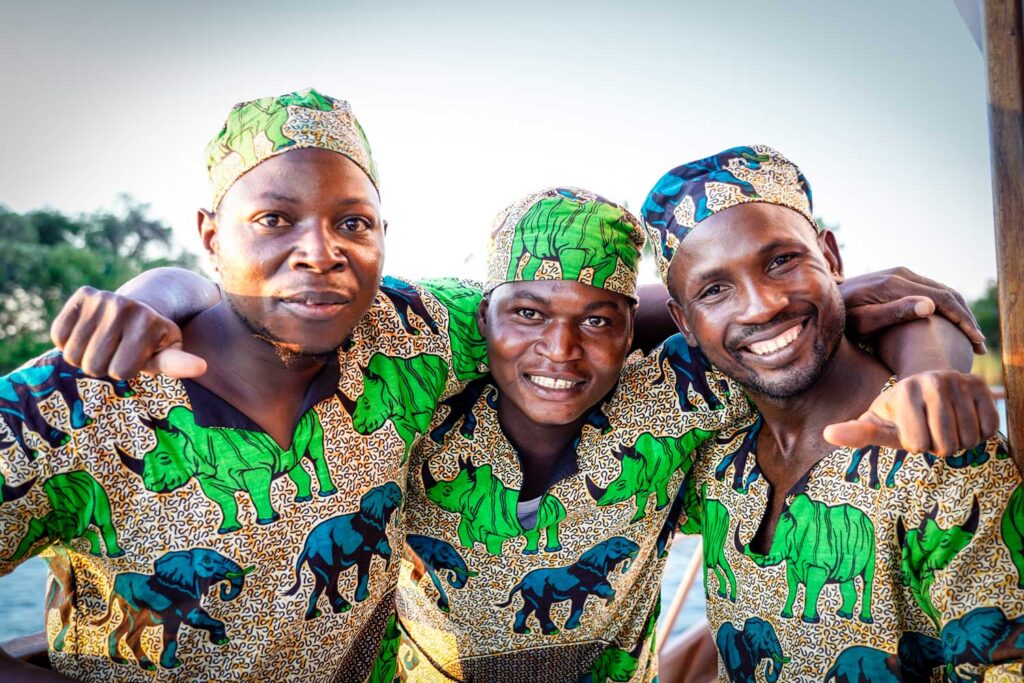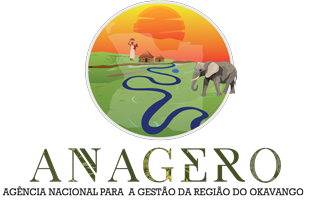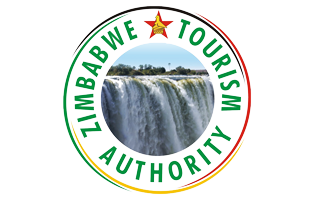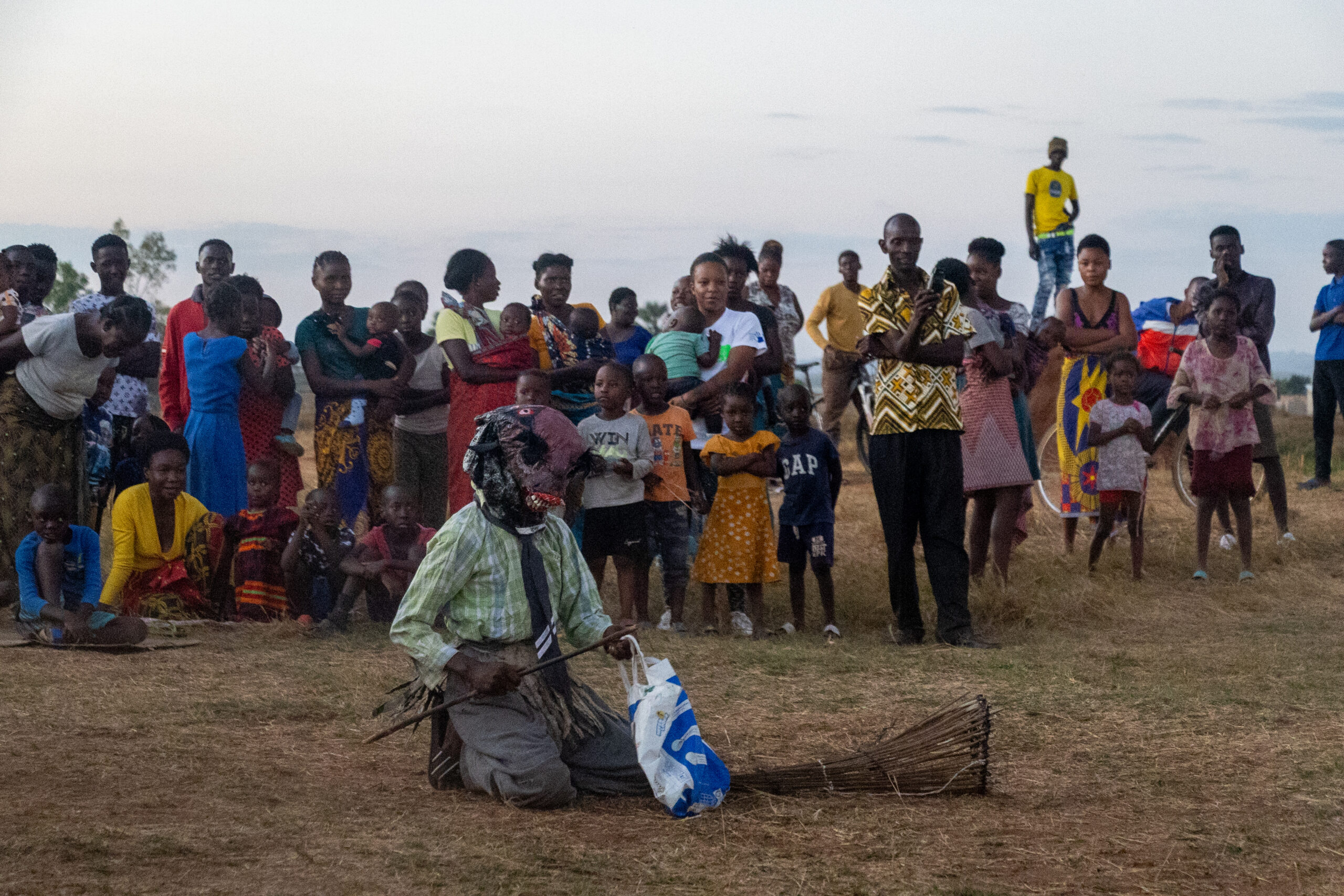
Livingstone, is a region within the Kavango Zambezi (KAZA) TFCA, known for its rich biodiversity and stunning landscapes. However, amidst the natural beauty lies a growing challenge that communities and wildlife face – the human-wildlife conflict. As the boundaries between human settlements and wildlife habitats blur, finding a harmonious coexistence becomes crucial for the well-being of both parties.
Livingstone is home to a diverse array of wildlife, including elephants, lions, giraffes, and various antelope species. The region’s proximity to the Mosi-oa-Tunya National Park and the Zambezi River contributes to its ecological significance, making it a prime habitat for these magnificent creatures.
The expansion of human settlements in Dambwa South has led to a clash between the needs of the local communities and the natural behaviour of wildlife. Elephants, in particular, are known to roam freely in search of food, often coming into direct contact with people.
Recognizing the importance of addressing the human-wildlife conflict, conservation organizations, governmental bodies, and local communities are working together to implement strategies that foster coexistence. These initiatives focus on both protecting the livelihoods of local residents and ensuring the conservation of the region’s unique biodiversity.
The Livingstone Conservation and Tourism Society (CATS) stands as a dedicated non-profit organization, channelling its efforts into narrowing the divide between local communities and the wildlife that shares their habitat. This registered entity operates with a passionate team of 8 volunteers who engage in multifaceted conservation and education initiatives targeting various segments of the community.
One of CATS’ primary focuses is the delivery of conservation education, a mission that extends to schools, girl groups, street kids, and orphans. Recognizing the intricate relationship between communities and wildlife, the organization also directs its efforts towards families living in Human-Wildlife Conflict zones (HWC), where the expansion of the town into traditional habitats intersects with the movement corridors of local elephant populations.
In response to the escalating Human-Wildlife Conflict in Livingstone, exacerbated by urban expansion into elephant territories, CATS has implemented a strategic roadshow. Funded by the European Commission (EC), this outreach initiative has successfully sensitized and educated up to 10,000 individuals in the region. The focus of the roadshow is centred on understanding elephant behaviour and promoting co-habitation practices that foster harmonious living with wildlife.
CATS has not limited its impact to awareness campaigns alone. The organization has actively worked towards building a foundation for sustained conservation efforts. This includes the establishment of conservation clubs within the community, providing a platform for collective learning and action. Additionally, CATS has initiated cultural drama groups that leverage the power of storytelling to educate the community on vital topics such as conservation, land pollution, and broader environmental issues.
The EC funding has also played a pivotal role in the expansion of training programs for local farmers. Recognizing the challenges posed by elephants encroaching on farmlands, CATS has empowered farmers with practical knowledge on protective measures. This includes the innovative use of chili fences and other effective methods, providing a humane and sustainable approach to mitigating Human-Wildlife Conflict.
In essence, CATS is not only a conduit for education but a catalyst for tangible change on the ground. The organization’s holistic approach, spanning from school education to on-the-ground initiatives, showcases its commitment to creating a harmonious coexistence between local communities and the wildlife they share their landscape with. As Livingstone grapples with the complexities of urbanization and its impact on wildlife, CATS emerges as a beacon of hope, actively working towards a future where both communities and wildlife thrive in balance.
The human-wildlife conflict in Dambwa South is a complex issue that requires a multi-faceted approach. Balancing the needs of both communities and wildlife is essential for the long-term sustainability of the region. Through education, technology, and collaborative conservation efforts, it is possible to create a future where humans and wildlife coexist harmoniously in Dambwa South, preserving the natural beauty and ecological integrity of this remarkable area.

